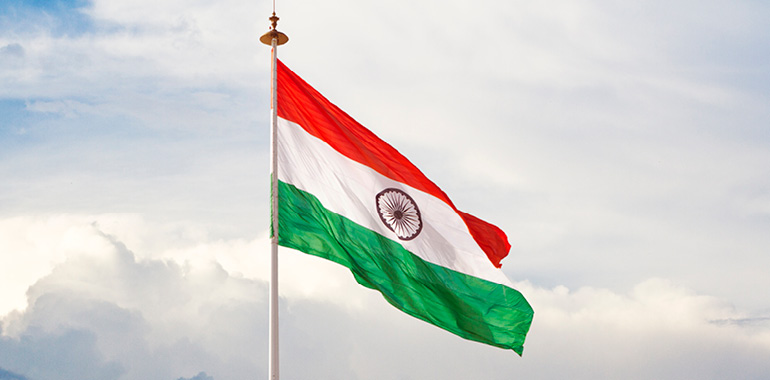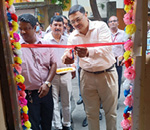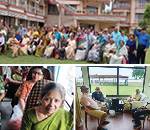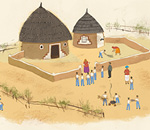DOWN MEMORY LANE

Celebrating INDEPENDENCE
beyond the BOUNDARY
Mr S. Chakravarti was in Rangoon, Burma at the time of independence, in 1947. His family was settled there since his grandfathers' time, who was a lawyer, with his offices in Mogok—famous for pigeon blood rubies—and in Rangoon. He fondly recollects his early years in the Burmese city and the celebration of 15th August 1947.Mr Chakravarti’s father was born and raised in Mogok and was the Finance Secretary in the Government of Burma and a member of the cabinet mission, who went to London to sign the Burma independence Bill with General Aung San in 1946. Clement Atlee was the then Prime Minister of Britain. Shortly after returning to Rangoon, during a cabinet meeting, all cabinet members, including the Prime Minister Gen Aung San, were assassinated by the opponent group, Ba Maw. The whole country was in a chaos, and they left Rangoon within a few days and his father joined the Government of India in Delhi. His father later joined the World Bank in Washington DC in 1952 and they left for the USA.
Rangoon was almost an Indian city— Indians migrating there for better work prospects was very common in the 19th century.The British captured Rangoon and changed the city into the commercial and political hub of British Burma. By the 1890s the increasing population and commerce of Rangoon gave birth to prosperous residential suburbs, hospitals, colleges and university. There were many Indians and a substantial number of Bengalis residing there in those days. There were Bengali schools like Bani Mandir, Brahma Samaj Mandir and community halls like Durga Bari and so on.
Rangoon was a very peaceful city with its spacious parks and lakes and a mix of modern buildings and traditional wooden architecture. Rangoon was under Japanese occupation and incurred heavy damage during the World War II.
Though Mr Chakravarti was a teenager at that time, he still clearly remembers the enthusiasm and joy among the Indians settled there in Burma on the day of Indian independence. He vividly remembers the excitement and the planning of how to celebrate 15th August. They had gathered at Durga Bari on the morning of 15th August, 1947. They hoisted the Indian tricolour and then there were speeches by his father and some other eminent personalities, including the first woman Barrister Daw Phwar Hmee of Burma. There was laughter and merriment everywhere on the streets.
Mr Chakravarti's recollection of how this historic occasion was important to all Indians, irrespective of whether they lived in India or abroad, is eminent from this narration.
(As narrated to Support Elders by our member.)












